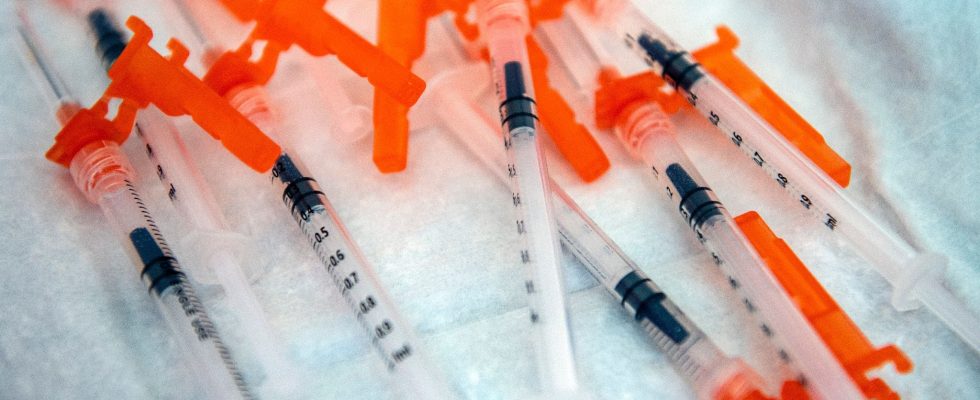Prevention is better than cure. So scientists have created a vaccine that has the potential to protect against a wide range of coronaviruses, including varieties that aren’t even known to exist yet. This Monday, May 6, details of this work, a collaboration between the universities of Cambridge and Oxford and the California Institute of Technology, were published in Nature Nanotechnology. According to the study, the experimental vaccine has already been tested on mice.
According to the British newspaper, The Guardian, this information marks a shift in strategy towards “proactive vaccination”, where vaccines are designed and prepared even before the pathogen causing the disease appears. “This is a step forward toward our goal of creating vaccines before a pandemic begins,” he told the Guardian Rory Hills, a graduate researcher at the University of Cambridge and first author of the report. Covid-19 – which has officially cost the lives of 7 million people and wiped out $2,000 billion from the global economy – has called into question our capacity to manage and prevent epidemics.
But how did scientists achieve this feat? The new vaccine “Quartet Nanocage” is based on a structure called a nanoparticle – a ball of proteins held together by incredibly strong interactions. Chains of different viral antigens (substance identified by the body’s defense system) are attached to this nanoparticle using a new “protein superglue”. Multiple antigens are included in these chains, which causes the immune system to target specific regions shared by a wide range of coronaviruses. Result: the vaccine could be effective against known and unknown viruses in a family.
An immune response against Sars-Cov-1
Furthermore, the new vaccine is much simpler in design than other broadly protective vaccines currently in development. Researchers believe this should speed up its move to clinical trials. Tests showed that the vaccine induced a broad immune response against coronaviruses, including Sars-Cov-1, the pathogen that caused the Sars outbreak in 2003, even though proteins from that virus do not were not added to the vaccine nanoparticles.
After that ? If the vaccine was found to be safe and effective in humans, one option would be to use it as a Covid booster with the added benefit of protecting against other coronaviruses. Once the vaccines have been manufactured and approved, several countries around the world could hold stocks of vials that would make it possible to anticipate a possible pandemic. “The decline in vaccine protection, the continued emergence of new variants and the uncertain effectiveness of therapeutic treatments mean that new vaccine strategies remain urgently needed,” underlines the British-American study.
Anticipating future pandemics
The researchers also cite other zoological coronaviruses also identified as having pandemic potential. Also note that the underlying technology developed by the researchers could also be used in the development of vaccines to protect against other health problems.
What if we finally learned from the mistakes of the past? Already in December 2021, intergovernmental negotiations had begun between 194 of the world’s 196 countries to reach an international agreement aimed at preventing pandemics from spreading in the future. Since then, the World Health Organization has been debating a binding text that would better prepare for a future pandemic. Discussions on this theme could be concluded by the World Health Assembly at the end of May.
“A new pandemic threat will emerge; we will have no excuse if we are not ready. It is therefore imperative that we put in place an effective approach […] prevention, preparation and response to pandemics”, assured the WHO in a publication dating from March 20, 2024. It remains to be seen whether these words will be followed by facts.
